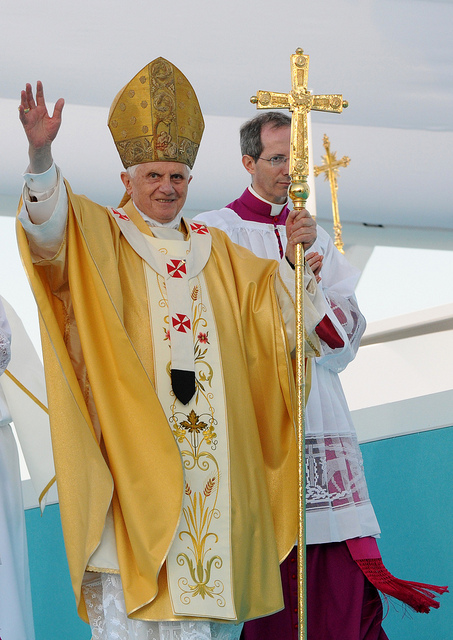Avignon: the Black Mark on the Catholic Papacy
One of the central doctrines in the Catholic Church is that of the papacy. According to Catholic theology, the pope is the successor of Peter, forming a link of apostolic succession back to that apostle. Although there are many other differences between Catholics and evangelicals, the Catholic view of the papacy is a major dividing line in Christianity.
Catholics believe that each pope has “the totality and supremacy of the power Christ left on earth for the building up of the kingdom of God.” The idea of the authority of the papacy is integral to Catholic doctrine, since each pope is entrusted with the divine guidance of the Church. However, history has shown that the pope is not divinely chosen nor an infallible guide. There is no better example of this than the Avignon residence.
The Avignon Papacy
The Avignon residence (also called the Babylonian Captivity) lasted from 1309-1377 AD when the seat of the papacy was carried from Rome to Avignon, France. France and England were engaged in conflict in 1295 resulting in Phillip imprisoning the pope till death. When Pope Clement V came into office he moved the papal city to Avignon because he was French and desired to pacify French authority. The papacy stayed there under French authority until 1377.
It was these circumstances that led to the Papal Schism (1378-1415). Pope Gregory XI (1370-79) moved the papacy back to Rome. However, the next pope, Urban VI, was elected under the assumption he would move the papacy back to Avignon. However, Urban refused.
The French declared Pope Urban VI to be an illegitimate pope and elected a Frenchman, Clement VII (1378-1394) to be pope. For 40 years, the Roman Catholic Church had two popes and two colleges of cardinals. In 1409 a Ecumenical Council at Pisa deposed both popes and elected Alexander VI (1409-1410). However, the other two popes did not accept their deposed status and continued to operate.
Hence, there were 3 popes, all anathematizing one another and claiming they alone were the real pope. This “Great Schism” was healed when the Council of Constance convened in Germany and elected Pope Martin V (1417-31), a new pope, and deposed the other 3 popes. This council succeeded, and the other popes were rendered powerless. Interestingly, this was the same council that had John Huss, the famous Reformer, burned at stake in 1415.
What the story of the Avignon papacy teaches us is there is certainly no unbroken succession from the Apostles through the papacy. When details of the Great Schism are examined, it is beyond question that there can be no line that is traceable back to the Apostle Peter. Additionally, it would be foolish to put one’s faith in a singular human authority like the pope, for time and time again human beings sin.
photo credit: Catholic Church (England and Wales) via photopin cc
